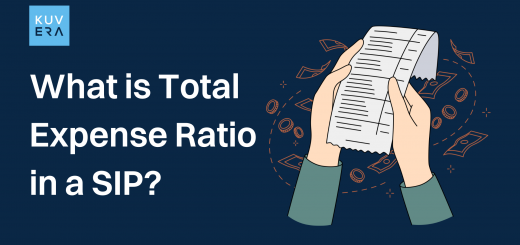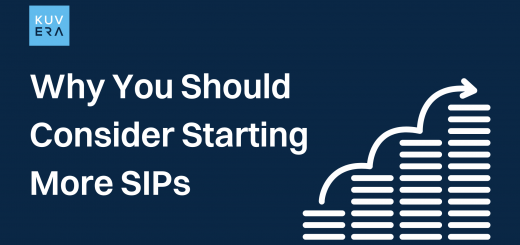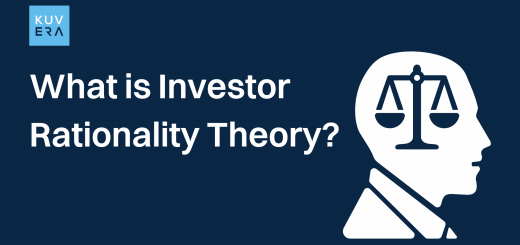#AskUsAnything is our series where we answer questions about investing and personal finance. Probably they popped up in your head too, but you didn’t know whom to ask. In this part, you will learn about the right time to pay off your debts and the difference between RDs & FDs
———-
I’m a product designer working at a startup. I took a loan of 10 lakh to buy a car and I paid 20,000 EMI every month for 5 years. I got a bonus of 2 lakh last month. Should I use it to pay off the loan or invest it instead?
-Suraj Jaiswal, Jaipur
We’ll have to consider various factors in this situation, but your state of mind matters the most. Loans can become a hurdle and can delay your goals if not planned well. For example, if you dont like your job, you would be held back just because of the loan. So if you are in such a situation, we’d advise you to pay it off sooner.
Now, coming to the other factors into play, here are a few things you should definitely check:
1. The difference in interest rate & the returns of investment.
Each loan has two part- the principal component and the interest component. The way it is structured in your EMIs is very important.
Your initial EMIs go towards interest, and the last EMIs go towards the principal. So the older your loan gets the more your principal amount increases because of the cumulative interest.
So the first thing you should do is, compare the rate of interest you might get by making a lump sum investment and the interest on the loan you might save by paying off the loan.
2. Check the point of the loan tenure you are doing this.
If it’s happening at a very early stage in your loan tenure, say within a year, we’d say just pay it off. But if it’s at a much later stage, do the math first.
a. How old is the loan? and how much is outstanding?
Considering the loan is 2 yo and EMI is Rs.20000, the outstanding loan amount might be somewhere around 667735.
b. Check the Interest payout. How much interest amount is left?
Remember that if the return on lumpsum investment is more than pro-rata interest on the loan, you are better off investing it. In your case, the outstanding interest is around 88652. Now define how much return you can expect by investing and compare the two.
In your case, the interest on the loan is 8% for the remaining years. Say you invest the lumpsum in a certain mutual fund whose average annual return is known to be around 10%, then, investing might make more sense.
Disclaimer: The information or numbers presented herein are contextual and not to be taken literally. See the appendix to understand how we derived the numbers.
———-
I’m a 30 yo homemaker. I have some petty cash every month and thought of saving it somewhere more profitable but easy to withdraw in case of emergencies. A friend suggested opening a recurring deposit instead FD. Can you explain the difference?
—Vidya Prabhala, Chennai
Recurring deposits are flexible deposits that can come handy during emergencies and help you earn decent returns. You can easily open, manage and withdraw your RD online.
Unlike FDs, RD doesn’t require you to deposit a large amount and lets you save anywhere between 6 months to 10 years. The minimum amount to invest varies across different banks. Typically, individuals can begin investing in RD schemes with as little as Rs. 1,000.
Compared to savings accounts, recurring deposit interest rates are higher and close to fixed deposit accounts. Depending upon your tenure, RDs can offer up to 4.00% to 6.50% p.a interest. Generally nationalized banks tend to offer higher interest rates. However, the interest rate can also depend on your age and the scheme of your deposit, etc.
Individuals can make deposits for a minimum of 6 months to 10 years with no provision for premature withdrawals. However, some banks may allow early closure of the RD account, but it is conditional.
Some banks accept standing instructions to credit one’s RD account periodically from their savings or current account. However, there are certain limitations, depending on the bank’s RD policies.
Like any other investment option, recurring deposit accounts attract taxes; their returns are subject to a 10% TDS deduction.
Recurring deposits carry no risk or very little at all, as long as the bank is credible so your money won’t be affected by market fluctuations.
———-
Interested in how we think about the markets?
Read more: Zen And The Art Of Investing
Watch/hear on YouTube:
Start investing through a platform that brings goal planning and investing to your fingertips. Visit kuvera.in to discover Direct Plans and Fixed Deposits and start investing today.
#MutualFundSahiHai #KuveraSabseSahiHai! #AskUsAnything #PersonalFinance
———-
p.s: If you have a question about investing or personal finance, shoot it on Twitter tagging our handle @Kuvera_In
First published by Livemint on MintGenie.










